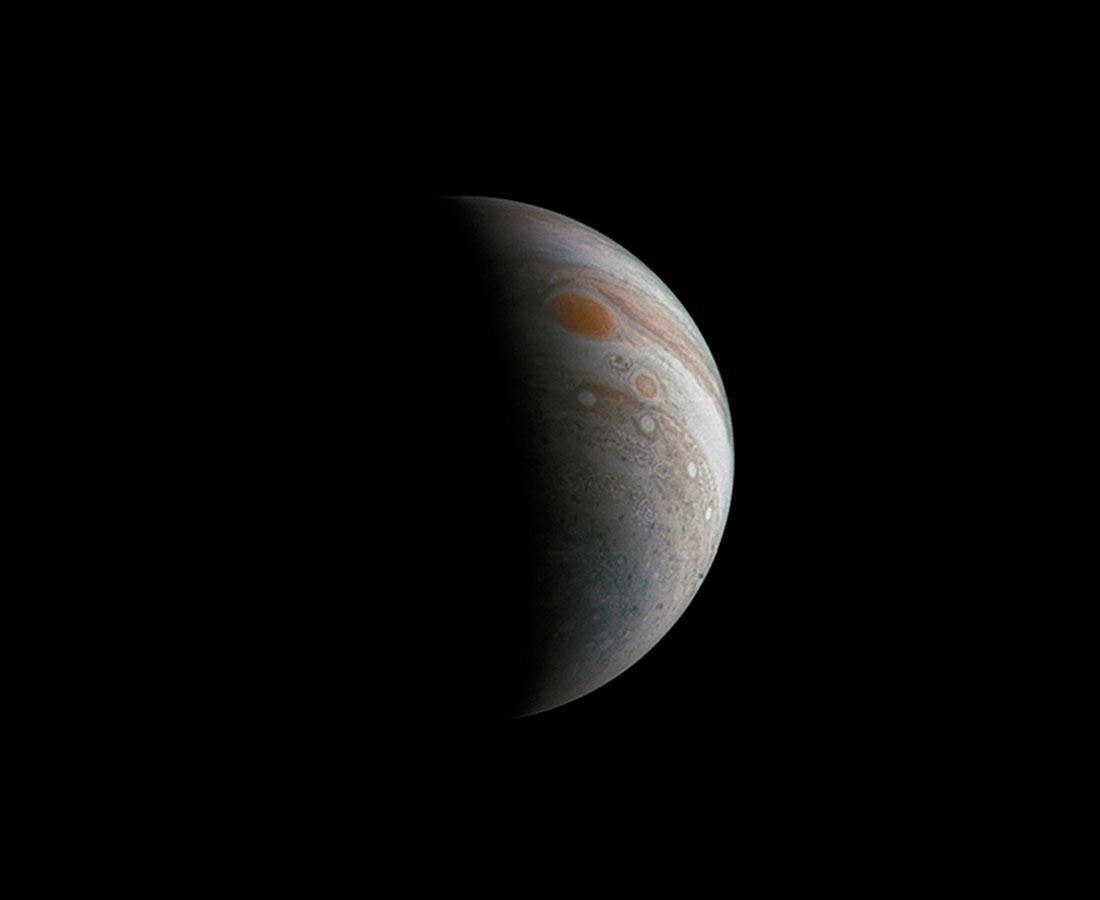Nasa release stunning new image of Jupiter megastorm
The Great Red Spot is around 25,000 miles wide

Your support helps us to tell the story
From reproductive rights to climate change to Big Tech, The Independent is on the ground when the story is developing. Whether it's investigating the financials of Elon Musk's pro-Trump PAC or producing our latest documentary, 'The A Word', which shines a light on the American women fighting for reproductive rights, we know how important it is to parse out the facts from the messaging.
At such a critical moment in US history, we need reporters on the ground. Your donation allows us to keep sending journalists to speak to both sides of the story.
The Independent is trusted by Americans across the entire political spectrum. And unlike many other quality news outlets, we choose not to lock Americans out of our reporting and analysis with paywalls. We believe quality journalism should be available to everyone, paid for by those who can afford it.
Your support makes all the difference.Jupiter’s ‘Great Red Spot’ has been pictured in a dramatic new image.
The megastorm has been going for several centuries and is much larger than the Earth.
Also visible in the photo are the ‘String of Pearls’, a series of three smaller storms in the southern hemisphere of the planet.
But while the image could pass for a photograph, it was actually created by citizen scientist Roman Tkachenko.
He processed raw data from the JunoCam instrument on the June spacecraft, which is orbiting the planet, to make the picture.
The publicly available data – which can be found here – was collected by Juno as it made its third close flyby of Jupiter.
However, the craft was still 285,100 miles from the planet when the data was collected – giving some idea of the scale of Jupiter. The closest Juno can get to its target is 3,100 miles.
The planet, fifth from the Sun and the largest in the solar system, has the volume of 1,321 Earths and its radius is equivalent to more than 11,000 Earths.
The Great Red Spot, a symptom of Jupiter’s turbulent atmosphere, is around 25,000 miles wide.
Join our commenting forum
Join thought-provoking conversations, follow other Independent readers and see their replies
Comments